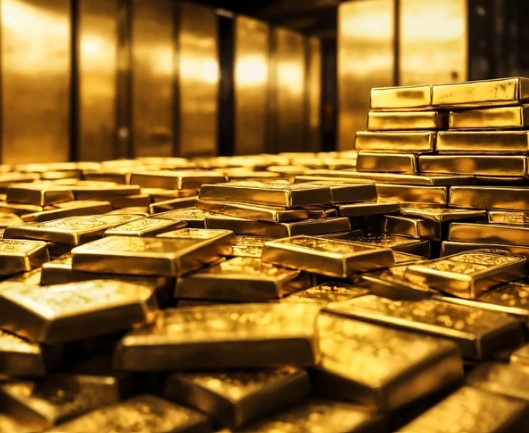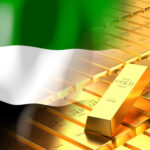Gold prices have soared to new heights as of January 21, 2025, with the precious metal trading at approximately $2,730 per ounce. This significant increase is primarily driven by heightened political uncertainty and economic instability in various parts of the world. Investors, seeking refuge from volatile stock markets and unpredictable economic policies, have turned to gold as a reliable safe-haven asset.
Political Factors Fueling the Surge
One of the primary contributors to the current rally in gold prices is the recent inauguration of U.S. President Donald Trump. His administration’s proposed policies, including potential tax reforms and a focus on reshoring American jobs, have created uncertainty among global investors. Concerns about increased government spending and inflationary pressures have also prompted many to seek the stability of gold.
In addition, geopolitical tensions in the Middle East and Asia have intensified. Ongoing conflicts and diplomatic standoffs have created a ripple effect across global markets, pushing investors toward assets like gold, which tend to perform well during times of crisis.
Economic Instability and Inflationary Pressures
Economic instability in several regions, particularly in emerging markets, has further bolstered gold’s appeal. Central banks around the world have been grappling with inflationary pressures, leading to increased interest in tangible assets. Recent inflation data from the United States and Europe suggest that central banks may continue tightening monetary policies, a scenario that traditionally supports gold prices.
Moreover, the Federal Reserve’s stance on interest rates remains a key factor. Although higher rates generally strengthen the U.S. dollar and weigh on gold prices, the current environment of mixed economic signals has led to a more complex relationship. Investors are hedging against the possibility of prolonged uncertainty, reinforcing the demand for gold.
Investor Sentiment and Market Dynamics
The recent surge in gold prices reflects a broader shift in investor sentiment. Gold Exchange-Traded Funds (ETFs) have reported inflows for several consecutive weeks, indicating strong demand from both retail and institutional investors. Meanwhile, physical gold purchases have also seen a noticeable uptick, particularly in key markets like India and China.
Market analysts suggest that the $2,730 level represents a critical resistance point for gold. If prices sustain above this level, it could pave the way for further gains. However, any signs of reduced geopolitical tension or economic stabilization might lead to a pullback.
Long-Term Implications
As we move further into 2025, the long-term outlook for gold remains positive. With political and economic uncertainties unlikely to dissipate soon, gold’s role as a hedge against risk will continue to be pivotal. For investors, this presents an opportunity to diversify portfolios and safeguard wealth against potential market fluctuations.
In conclusion, gold’s recent rally underscores its enduring importance in the global financial landscape. As the world grapples with uncertainty, the yellow metal remains a beacon of stability and a reliable store of value.






